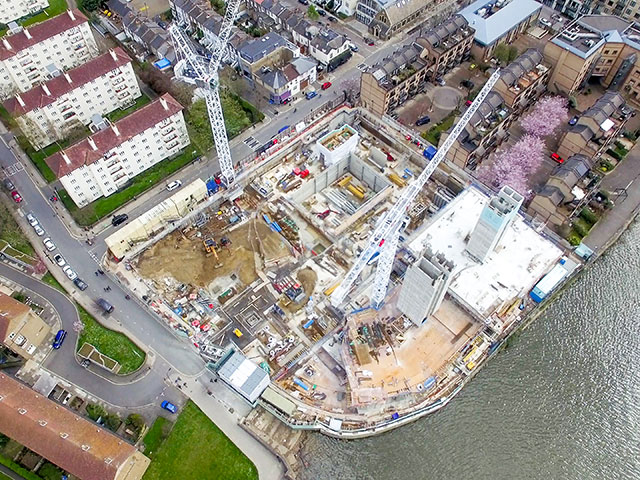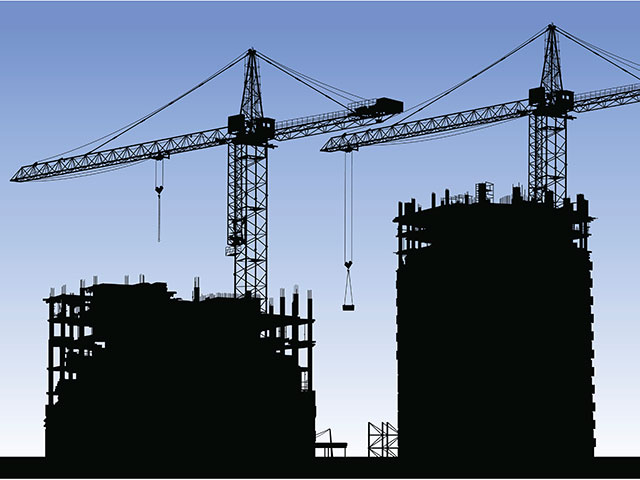
Kirsty Childs, BIM Manager at Tetra Tech, has been involved in the production and management of deliverables for Building Services design for 8 years. She is passionate about promoting the benefits of standardising content used in Mechanical, Electrical and Public Health (MEP) design across Revit and AutoCAD – a subject that she presented on at the Autodesk University conference in New Orleans in September 2022.
What are AutoCAD and Revit used for and what is the main difference between them?
AutoCAD and Revit are both Computer Aided Drafting (CAD) tools produced by Autodesk. AutoCAD has been around for forty years now and can be used as both a 2D and a 3D tool to draw almost anything, therefore providing widespread applications across multiple industries. Revit is a newer product being around 20 years old and is used specifically to provide parametric modelling to the construction industry. As a result of such parametric modelling, Revit has become the most popular application to utilise for these tasks within the Construction Industry, particularly since BIM (Building Information Modelling) became mandatory on government financed projects.
When I used to produce pipework layouts, for example, these would show lines which represented pipes and we would add text saying what size the pipe was and what service it was for. Now in Revit, I can model a pipe that stores information about itself in a database, so it “knows” what it is made from, its wall thickness, what system flowing through the pipe, and at what rate, the temperature of that fluid, etc. This means that more than ever it is important for us to maintain CAD standards, so that the models we produce present data in the same way, as well as maintaining a professional and consistent look to our deliverables.
What was your involvement in developing CAD standards for Tetra Tech?
I produced and now maintain the Revit template that we use for MEP models, along with other members of the team. This contains some companywide standards that are also in the templates for architectural and structural models, such as fonts, dimension styles and title blocks. We have added to this with standard MEP content, defining what symbols are used and which colours are used to represent certain systems. These things were already defined as a CAD standard that was employed in AutoCAD, but what was being used in Revit did not align with this, so we have been finding ways to make the CAD standards we use consistent across both software packages.
What issues have you faced in developing and implementing CAD Standards?
Over the last few years, as our ways of working have changed, and there are not the same geographical boundaries that there used to be. Whereas we previously had a tendency to “work in silos”, our projects are now worked on by engineers in multiple locations, so for consistency it is vital that they all have access to the Shared Content Library (SCL), so they are using the same resources.
To get all our engineers using the same content, it meant change. We introduced the standardised colours and symbols produced by the Society of Digital Engineering (SDE), part of the Chartered Institution of Building Services Engineers (CIBSE). These are fully integrated into our Revit template, and we are working on producing the same in AutoCAD now.
What are the benefits of having CAD standards defined?
Our clients receive high quality uniform output, no matter which software, team or office produced their drawings. It also makes it easier for our engineers to read our drawings when moving between projects, as the same colour and symbol represent the same thing, no matter which project you are looking at. From a BIM perspective, it also means that the way data is formatted in our models remains consistent, making it easier to manage.
With our Revit MEP template we have taken things a step further. We have built functions into this for producing design stage specific deliverables. For example, at RIBA Stage 2 we have view templates and colour fill legends set up which allow us to produce strategy drawings using data assigned to the rooms in the model, which means our engineers can produce these drawings simply by populating a room schedule.
So how might these CAD standards be developed in the future?
We are regularly revisiting these standards, as software changes, BIM standards are updated and revised, and our clients’ requirements change. Revisiting our CAD standards regularly also allows us to adopt software advances that can benefit us by streamlining and enhancing our workflows. Interoperability between file formats will be key in future software developments, so that data can be transferred between the different digital tools we use. I think there will need to be data standards sitting alongside our CAD standards so that the information within models that is not immediately visible is as neat and tidy as what we see on a drawing.


